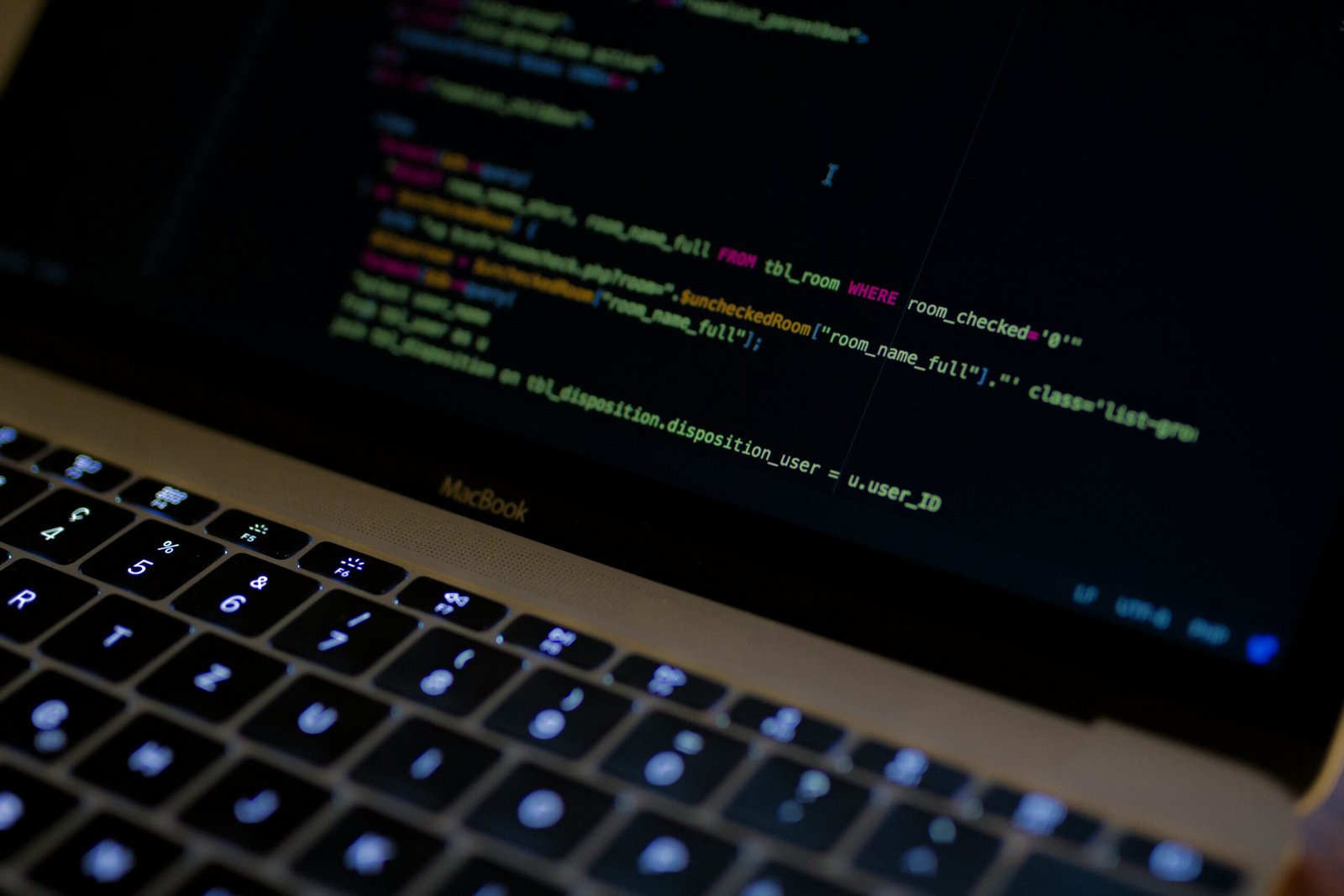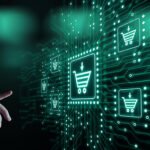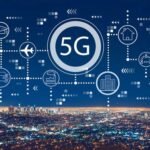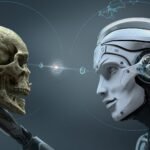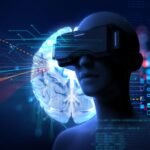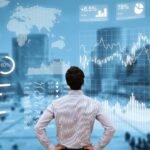Data Analytics: Unlocking the Power of Big Data
In today’s digital age, businesses and organizations are inundated with vast amounts of data. However, the true value lies in deriving meaningful insights and actionable intelligence from this data. This is where data analytics comes into play. Data analytics is the process of examining, transforming, and modeling data to uncover patterns, extract insights, and make informed business decisions. In this blog, we will explore how data analytics is unlocking the power of big data and revolutionizing industries.
Understanding Big Data
Big data refers to extremely large and complex datasets that cannot be effectively processed using traditional data processing techniques. Big data is characterized by its volume, velocity, and variety. The volume refers to the massive amounts of data generated from various sources such as social media, sensors, and customer interactions. The velocity represents the high speed at which data is generated and needs to be processed in real-time. The variety refers to the different types and formats of data, including structured, unstructured, and semi-structured data.
Extracting Insights with Descriptive Analytics
Descriptive analytics is the first step in the data analytics journey. It involves summarizing and visualizing historical data to gain insights into past trends and events. Descriptive analytics techniques, such as data aggregation, data visualization, and reporting, help businesses understand what has happened and identify patterns or anomalies. By analyzing historical data, businesses can identify areas of improvement, understand customer behavior, and optimize processes.
Uncovering Patterns with Diagnostic Analytics
Diagnostic analytics goes beyond descriptive analytics by delving deeper into the data to understand why certain events or patterns occurred. It involves analyzing historical data and applying statistical techniques to uncover the root causes of specific outcomes or trends. Diagnostic analytics helps businesses identify correlations, relationships, and dependencies between variables. By understanding the underlying factors contributing to certain outcomes, businesses can make data-driven decisions and address potential issues or bottlenecks.
Predictive Analytics for Future Insights
Predictive analytics takes data analytics to the next level by utilizing statistical models and machine learning algorithms to forecast future outcomes and trends. It uses historical data and relevant variables to build predictive models that can make informed predictions. Predictive analytics enables businesses to anticipate customer behavior, forecast demand, optimize inventory, and mitigate risks. By leveraging predictive analytics, businesses can make proactive decisions and stay ahead of the competition.
Prescriptive Analytics for Informed Decision-Making
Prescriptive analytics goes beyond predicting future outcomes by recommending the best course of action to achieve desired outcomes. It combines historical data, predictive models, and optimization algorithms to provide decision-makers with actionable insights and recommendations. Prescriptive analytics helps businesses optimize processes, allocate resources efficiently, and make informed decisions under various constraints. It enables organizations to automate decision-making and optimize business operations based on data-driven insights.
Enhanced Customer Experience and Personalization
Data analytics plays a crucial role in enhancing the customer experience and personalization. By analyzing customer data and behavior, businesses can gain insights into customer preferences, purchase patterns, and sentiment analysis. These insights enable businesses to personalize marketing campaigns, tailor product recommendations, and improve customer service. Data analytics empowers businesses to deliver targeted and personalized experiences that cater to individual customer needs, ultimately leading to increased customer satisfaction and loyalty.
Operational Efficiency and Cost Optimization
Data analytics helps businesses optimize their operations and reduce costs. By analyzing operational data, businesses can identify inefficiencies, bottlenecks, and areas for improvement. For example, supply chain analytics can optimize inventory management and streamline logistics, reducing costs and improving efficiency. Workforce analytics can identify skill gaps and optimize resource allocation. Energy analytics can help businesses reduce energy consumption and environmental impact. Overall, data analytics enables businesses to make data-driven decisions that drive operational efficiency and cost optimization.



